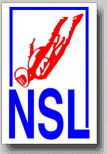
National
Skydiving
League
226 Pecan Street
Deland FL 32724
tel: (386) 801-0804
© 2003 - 2025
All Rights Reserved


226 Pecan Street
Deland FL 32724
tel: (386) 801-0804
© 2003 - 2025
All Rights Reserved

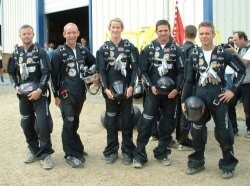
The NSL News stories of these international competitors coincide with a recent update of the international situation by the Chair of the IPC's (International Parachuting Commission) Formation Skydiving Committee, Fiona McEachern from Australia. The IPC members currently finalize their travel plans to Poland in Europe, where the next meeting will take place in Jachranka on January 26 - 30, 2005.
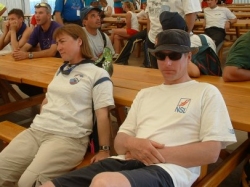
The report also announced the official dates of the FS World Cup in 2005 (Eloy, October 21 - 29) and the World Meet in 2006 (Germany, August 5 - 11). The Malevsky Cup 2005 (Russia, July 3 - 8) might be officially sanctioned as an additional World Cup event, as well. The bidding process is on the way.

The provided FS agenda for the IPC meeting in January in Poland includes several topics that will be relevant for the 4-way and 8-way competition. The current dive pool does not seem to await dramatic changes. Block 12 (Zipper - Star) will surely be modified or replaced, and Block 13 (Hammer - Hammer) might also be modified. Other changes are not suggested or expected at this point.
| We have received a proposal to change the scoring system. The basis of this proposal is that judges will only score correct, judgeable formations, with appropriate inters or total separations as required. There is no loss of points for an incorrect formation. If a formation is not correct or not able to be judged then no point is given. An omitted formation or inter would attract a penalty (suggested to be 20% of the final score, but other penalties are possible). This has an advantage of simplicity in explaining how our sport is judged both to non jumpers and new competitors. It is also similar to CF sequential. A disadvantage is that it may be much harder to separate the teams that are close. The committee will decide if the rules should change in accordance with the proposal. |
Another topic will clarify or improve the way the exact working time will be defined, measured and applied. This topic is a result of more advanced electronic scoring systems. The panel of judges needs to get on the same page when the teams are exiting the plane and when the working time gets to its end. Here is the original text of the topic:
| The committee has been asked by the IPC President to clearly define how electronic timing should operate. Some options were presented. The first is incorporated into Omniskore and discards the first and last start times then uses an average of the three in the middle, if they fall within a certain range, which is usually set at 0.3 seconds. The average of the 3 is taken and the tape is stopped a fixed time later, as defined by the competition rules. If the middle three do not fall within this range, then there is a false start and the tape is rewound to try again. A second option has the closest 3 times used to determine the start point. Another option is to have all judges with their own individual start point and own end point, as is done with manual judging. We also wish to look at the possibility of only using the first timing where the jump is watched more than one time by the judges. Currently, each viewing has its own start and stop timing. |
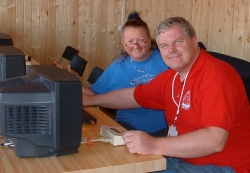
The status of the team videographer will once again be discussed. None of the Open Class teams at the world meet in Croatia had a videographer who was not a part of the delegation. However, many of the female teams still had a male videographer. Teams took two different positions at the competitors' meeting. One position claimed that the videographer was only considered as a recorder of performance. The other position defines the team videographer as an integral part of the team.
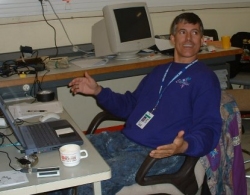
The IPC committee members appreciate feedback, which can be directed to each member. The contact information is posted at the IPC website. You can also discuss the FS topics of the upcoming IPC meeting at international section (World News) of the NSL Discussion Forum.